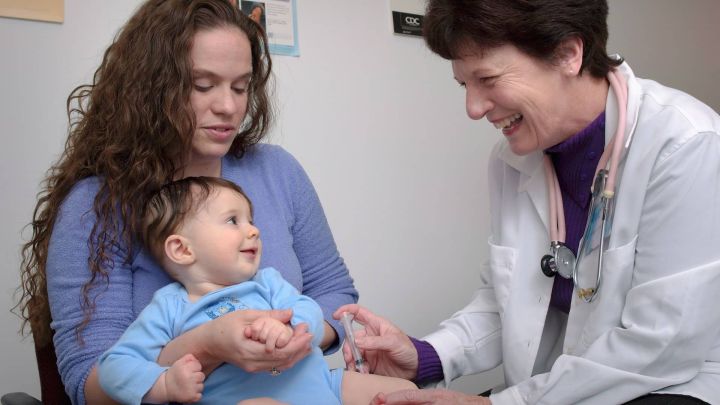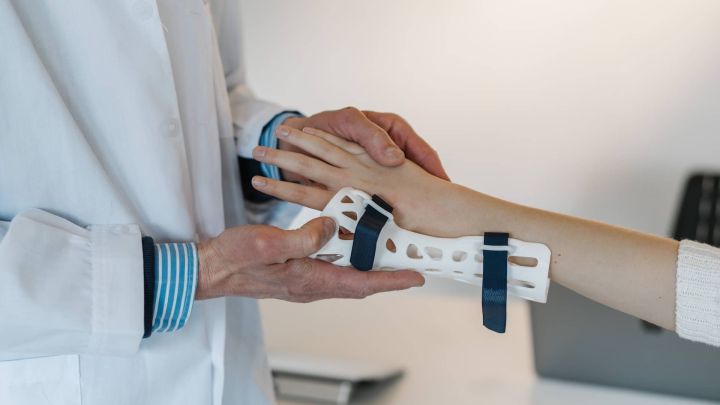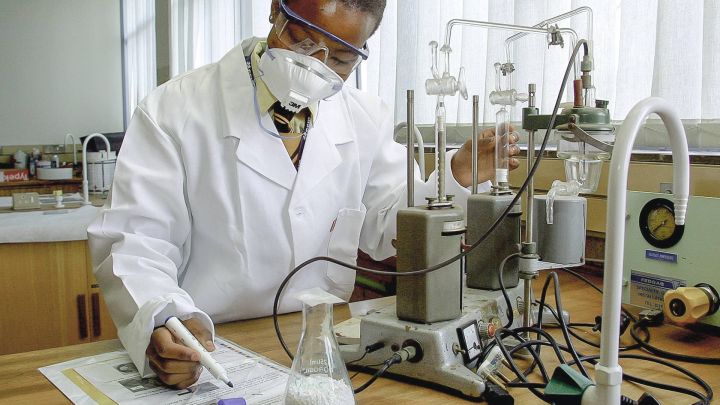Apparatus
Stavudol Paediatric Indication Approved For The Treatment Of Children Aged 3 Months And Older With Complicated Intra-Abdominal Infections
There is an urgent clinical need for new antimicrobial drugs to break through the dilemma of cIAI treatment in children and address the growing challenge of drug resistance.

Core tip: There is an urgent clinical need for novel antimicrobial drugs to break through the dilemma of cIAI treatment in children and address the increasingly prominent drug resistance challenge.
World Health Network reports The new antibiotic Sefotoxin (ZAVICEFTA, ceftazidime avibactam sodium 2.5g for injection) was approved by the State Drug Administration for the treatment of children aged 3 months and above with complicated intra-abdominal infections (cIAI), providing a new treatment option for paediatric patients with cIAI.

The approval of this new indication will help pediatricians break through the dilemma of clinical management of complicated intra-abdominal infections (cIAI) caused by drug-resistant bacterial infections and save children's lives," said Peng Zhenke, President of Pfizer's Global Biopharmaceutical Commercial Group in China. Pfizer will continue its philosophy of 'bringing breakthrough innovations to patients that change their lives' and accelerate the delivery of more innovative medicines to Chinese patients to help achieve 'Healthy China 2030'."
Previously, Sifotox was approved in China in 2019 for the treatment of cIAI in adult patients, HAP/VAP, and for the treatment of infections caused by gram-negative bacteria (LTO) in adult patients with limited treatment options
.
A breakthrough is needed in the treatment of complicated intra-abdominal infections (cIAI) in children
Complex intra-abdominal infection (cIAI) refers to the extension of infection from the primary cavity to the peritoneal cavity, leading to secondary or tertiary peritonitis, which can be combined with sepsis, septic shock and multi-organ failure. cIAI includes a variety of conditions, mainly gastroduodenal perforation, traumatic small bowel colonic rupture, non-traumatic small bowel colonic perforation, purulent peritonitis due to perforated appendicitis or peri-appendiceal abscess, and perforation of the appendix. cholecystitis complicated by perforation or abscess, abdominal abscess, intra-abdominal infection after abdominal surgery, etc.

A history of carbapenem antibiotic use is one of the risk factors for carbapenem-resistant (CRE) colonisation or infection in children, and the risk of 30-day mortality in children with CRE infection is nearly six times greater than in those with carbapenem-susceptible (CSE) infection. There is an urgent clinical need for new antimicrobial drugs to break through the dilemma of cIAI treatment in children and address the growing challenge of drug resistance.
Focus on paediatric cIAI treatment
Compared to adults, anti-infective therapy for cIAI in children requires a combination of factors such as the risk of infection by likely pathogens and drug-resistant bacteria, the susceptibility of pathogens to antimicrobial drugs, and the severity of the child's liver and kidney function.
As a new generation enzyme inhibitor combination, ceftazidime/avibactam inhibits most β-lactamases and is effective in covering common negative cIAI pathogens and carbapenem-resistant organisms.
Ceftazidime/avibactam has been further confirmed from real-world studies as well as case reports as a salvage treatment option for children with intra-abdominal CRE after liver transplantation.

In the 2022 Infectious Diseases Society of America (IDSA) guidelines for the treatment of infections with negative drug-resistant organisms, ceftazidime/avibactam is recommended as one of the preferred treatment options for the treatment of infections caused by carbapenem-resistant Enterobacteriaceae (CRE) and refractory Pseudomonas aeruginosa (DTR-PA) in adult and paediatric patients.
-
![]()
![]() ApparatusNov 17, 2025
ApparatusNov 17, 2025The Frontier Drug INT230-6 Has Shown Promising Therapeutic Results In Soft Tissue Sarcoma!
-
![]()
![]() ApparatusNov 16, 2025
ApparatusNov 16, 2025Flexible intelligent device allows stroke patients to walk freely
-
![]()
![]() ApparatusNov 15, 2025
ApparatusNov 15, 2025Fda Accepts Zuranolone's Nda Application And Grants It Priority Review For The Treatment Of Mdd And Pdd
-
![]()
![]() ApparatusNov 14, 2025
ApparatusNov 14, 2025New Targeted Drug For Leukaemia Approved, 35% Of Patients' Cancer Cells Disappear Completely!
-
![]()
![]() ApparatusNov 13, 2025
ApparatusNov 13, 2025Acs Med. Chem. Lett.| Protac-Targeted Jak2 Protein Kinase: a New Approach To Cancer Therapy




